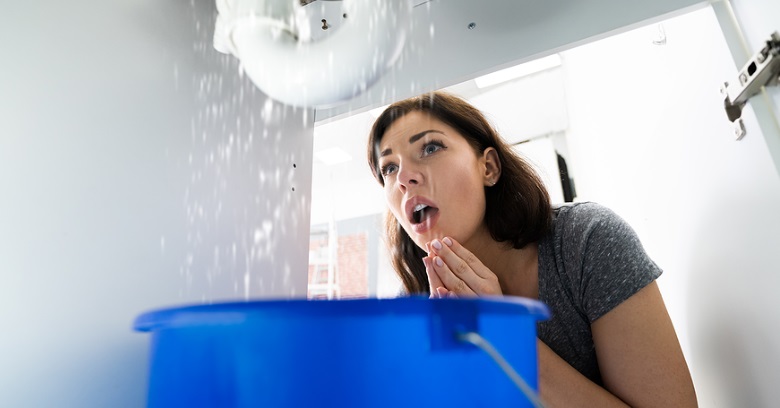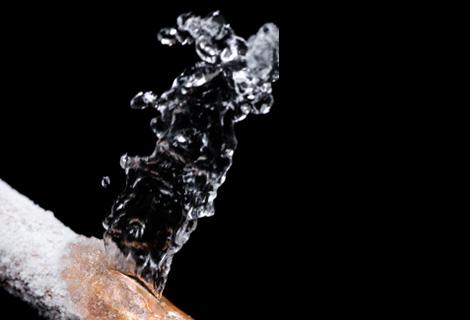What are your ideas regarding How to install a dishwasher safely?

A ruptured pipeline is a major emergency; you can just stand as you watch water you pay very much to rejoin with the planet. In worse situations, you observe a swimming pool on your kitchen floor, which is a great journey threat, especially if you have kids around. If the pipeline that ruptured remained in your walls, bad news: you may require to repaint that entire section.
Exactly how can a tragedy like a burst pipe be stopped and also managed? Well, by listening to your expert emergency plumbing professionals and adhering to these regulations.
How do I know when my pipes have burst?
Varying water stress
Pipelines do not simply burst in a day. You might have noticed that your kitchen tap or shower doesn't run instantly when you turn the faucet. It may stop briefly for a couple of secs and after that blast you with even more pressure than normal.
In various other circumstances, the water may seem regular in the beginning, after that decrease in pressure after a couple of secs.
Polluted water
Lots of people presume a burst pipeline is a one-way outlet. Rather the contrary. As water drains of the hole or gouge in your plumbing system, contaminants find their way in.
Your water might be infected from the source, so if you can, examine if your water container has any kind of issues. Nevertheless, if your drinking water is supplied and also detoxified by the local government, you ought to call your plumber promptly if you see or smell anything funny in your water.
Puddles under pipelines and also sinks
When a pipeline bursts, the outflow creates a pool. It may appear that the puddle is growing in size, and also regardless of the number of times you mop the puddle, in a few mins, there's one more one waiting to be cleaned. Often, you might not have the ability to map the pool to any type of visible pipelines. This is an indicator to call an expert plumber.
Damp walls and also water spots
Before a pipeline bursts, it will leakage, many times. If this persistent dripping goes undetected, the leak might graduate right into a large gouge in your pipeline. One simple way to prevent this emergency is to look out for damp wall surfaces ad water stains. These water stains will certainly lead you right to the leakage.
Untraceable leaking sounds
Pipe ruptureds can occur in one of the most unpleasant areas, like within concrete, inside walls, or under sinks. When the house goes silent, you might be able to hear an aggravatingly persistent trickling noise. Also after you've inspected your shower head and kitchen area faucet, the leaking may proceed.
Beloved visitor, the trickling may be originating from a pipe inside your walls. There isn't much you can do concerning that, except inform an expert plumber.
Show up the Heat
Set up followers to blow heat into cool rooms. Keep the garage door shut. If you have lowered water flow, warm one of the most vulnerable pipes (generally in basements as well as crawl spaces or near outside wall surfaces) with a hair dryer. Leave the tap on while you use heat. As you thaw ice, the circulation will enhance. To stop pipelines from freezing, protect your wall surfaces.
Start Doing Away With the Water
Order the mop, buckets as well as a store vacuum cleaner to start to eliminate the water since you certainly don't want it saturating right into everything else in the house. And also, a fast tidy up will certainly reduce the chances of something getting musty.
What do I do when I detect a burst pipe?
Your water meter will continue to run even while your water wastes. To reduce your losses, locate the major controls and turn the supply off. The water mains are an above-ground structure at the edge of your residential property.
How to Fix & Detect a Leaking Pipe
How Do I Know if a Pipe is Leaking?
Leak detection tests can help you determine if your pipe has a leak. Even if you don’t see an apparent leak, you should still conduct leak detection tests regularly to save water and money—and prevent major damage to your home.
Water meter. It can be helpful to figure out what your usual water meter usage numbers are and then monitor them regularly. To monitor your meter, first, turn off all water faucets in your home. Check the meter and write down the numbers. In a few hours, check the meter again. If the numbers have changed, you have a leak. Water gauge. Use a water gauge to test your water pressure. Your showerhead should produce a certain amount of water pressure based on its model and design. If the pressure is lower than it is supposed to be for that specific showerhead, your home likely has a leak. Puddles. Look inside your bathroom, laundry, and kitchen sink cabinets. Puddles around the cabinets or around toilets, tubs, showers, and washing machines indicate the presence of a leaking pipe. You may also notice loose tiles, peeling or flaking paint, or mold caused by water accumulation. Napkin test. Even if you don’t see any puddles, you may still have a leak. You can test for water leaks in the bathroom, laundry, and kitchen by wiping below-sink connections with a napkin, paper towel, or piece of toilet paper. If it becomes damp, you probably have a leaking pipe under the sink. Discolored walls. Walls that are discolored—usually with brown or yellow stains—or bulging might mean that they have been impacted by water damage caused by a leaking pipe. Smell. A leaky pipe will create sitting water, and over time, that water may develop a musty smell. If your home smells musty, but you can’t locate the source, it may be due to a leak. Steps for Fixing a Leaking Pipe
A leaky drain can be remedied by tightening the pipe base, replacing the drain seal, caulking the rim, and tightening the pipe nut. Similarly, a leaking toilet pipe can be treated by tightening the packing nut. You may also need to replace the valve. A leaky faucet may just need tightening or replacement of the washers. If that doesn’t work, consider replacing your faucet. If your pipe has a hole in it, you may want to use a pipe leak sealer or pipe leak tape. This quick fix for water pipe leaks can also temporarily fix a copper pipe leak. https://www.ahs.com/home-matters/quick-tips/how-to-tell-if-pipes-are-leaking/

We hope you enjoyed our post on How to Prepare for Your Dishwasher Installation. Thank you so much for spending some time to read through our content. Be sure to take a moment to share this blog posting if you appreciated it. We appreciate reading our article about How to Install and Connect a New Dishwasher.
Trusted plumbing emergency service awaits.